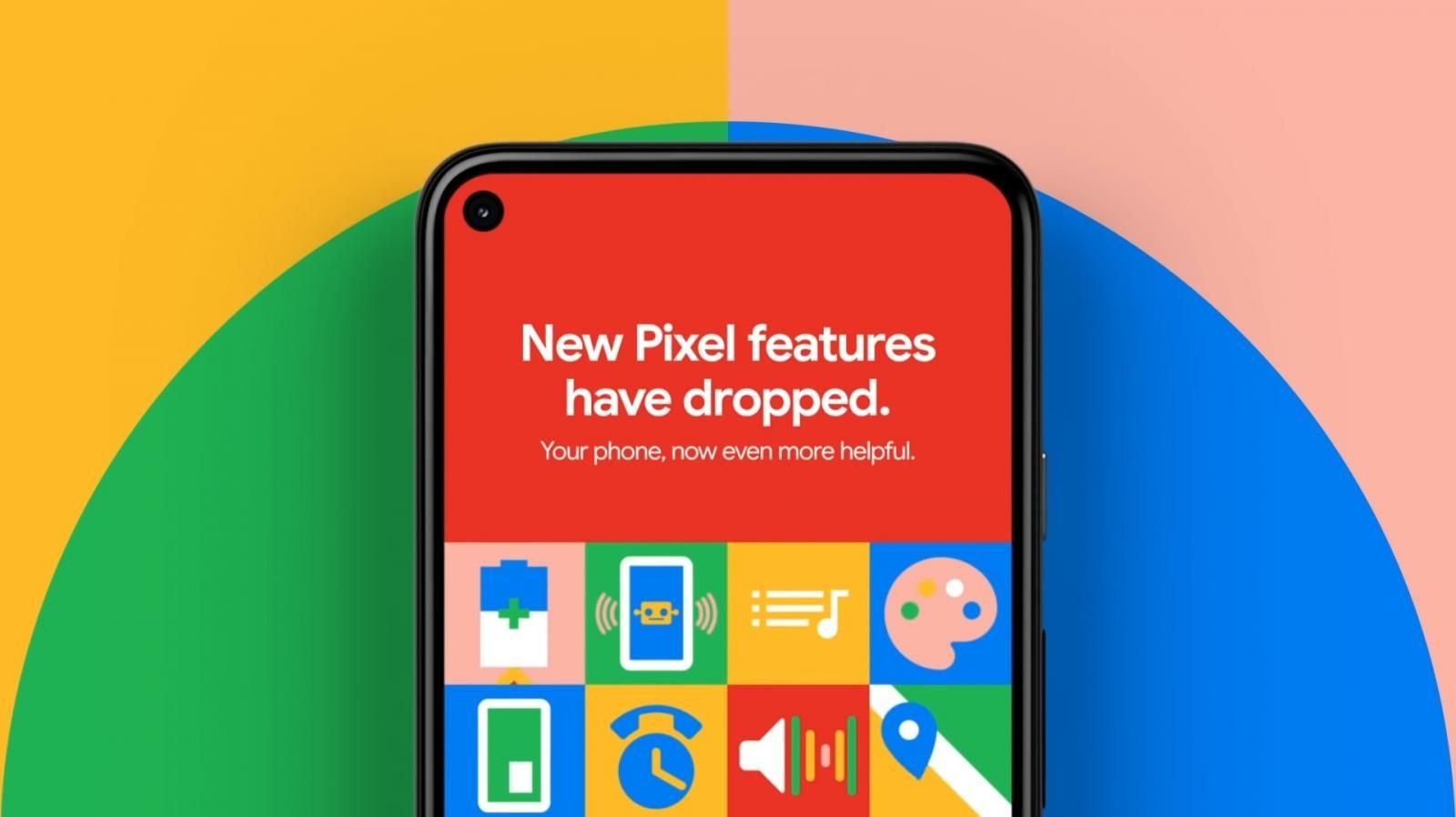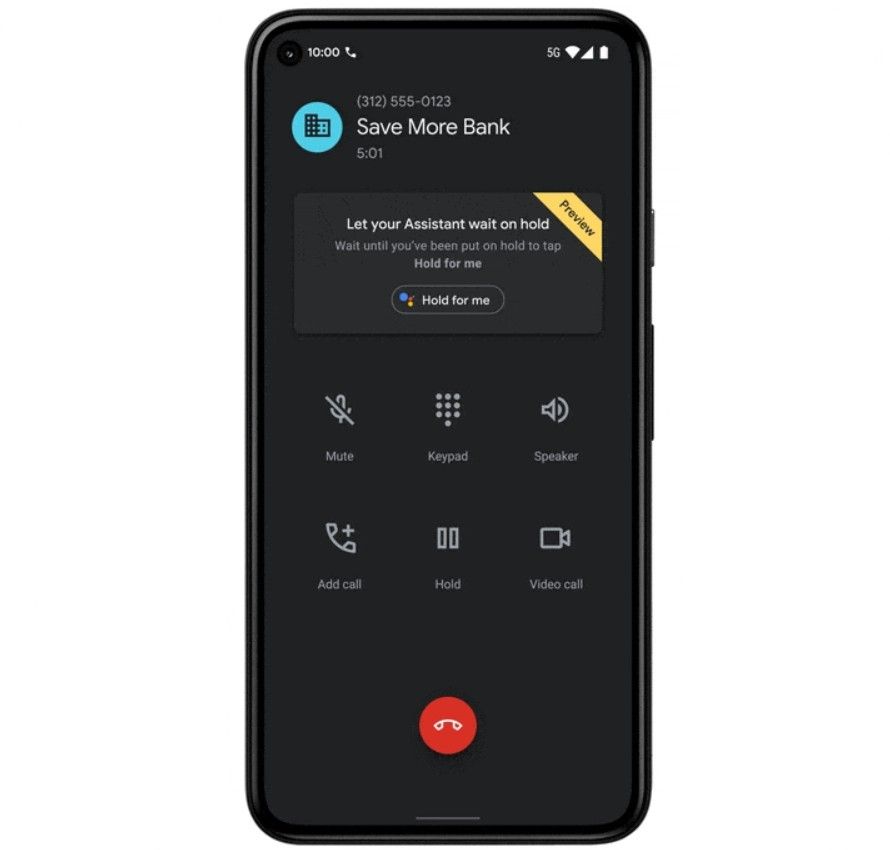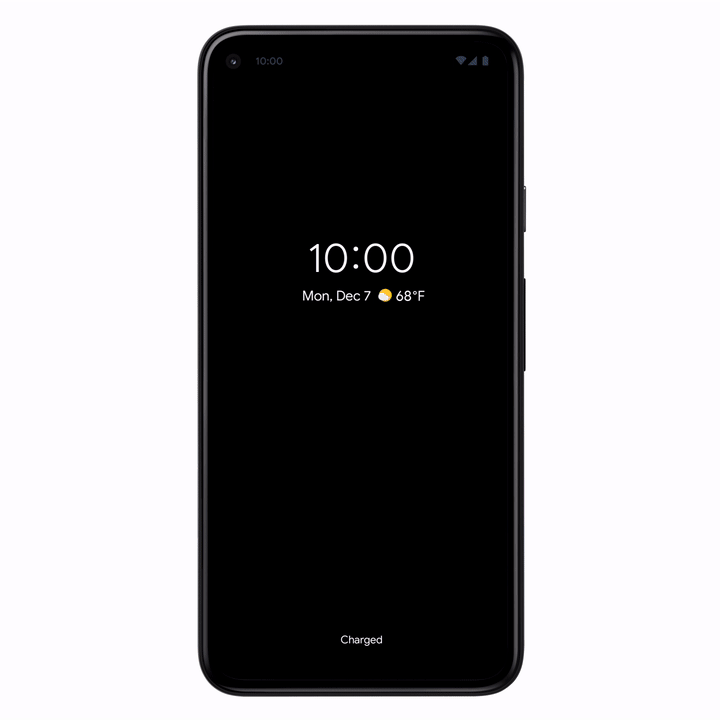Google has just released the latest Pixel Feature Drop, which means a tonne of new features for its Pixel smartphones. The 5G-ready Pixels have landed a few new adaptive features and improvements, while the older Pixel smartphones have also received some feature updates as well. Let’s dive right into it:
Adaptive Features for Pixel 5 and Pixel 4a (5G)
Adaptive Sound: This feature uses the phone’s mic to detect the acoustics in your surroundings and accordingly adjusts the sound output from the phone’s speaker by playing with the sound equalizer settings.
Adaptive Connectivity: The Pixel 5 and Pixel 4a (5G) will automatically switch to 4G for tasks such as basic web browsing and social media usage, while 5G will be enabled only in demanding scenarios such as content streaming or large file downloads. Intelligently stepping down from 5G to 4G network is claimed to boost battery life.
Adaptive Battery: This context-aware feature starts power saving when it detects users are about to miss the usual charging schedule. Google says it also helps preserve battery health by variably controlling how fast the phone charges.
Google also mentioned that the latest Pixel feature drop further enhances the accuracy of GPS on Pixel 5 and Pixel 4a (5G) when users are walking. However, this enhancement is limited to a certain regions only.
New features for older Pixels
Google is also bringing some new features to the Pixel 4a and Pixel 3 series devices that were earlier limited to the Pixel 5 and Pixel 4a (5G). The first one is Hold For Me, which makes the Google Assistant wait for you on the line when a business puts your call on hold, and once the person on the other end is available to speak again, it will alert users about it. However, it currently supports only English and is limited to the US market.
The latest Pixel Feature Drop also brings the Extreme Battery Saver mode to older Google smartphones. As the name suggests, it aggressively saves power by automatically limiting certain apps and prioritizing only the most important ones.
The redesigned image editor in Google Photos now shows new suggestions for tweaking variables such as brightness and colors, and has also introduced a bunch of sky suggestions to let users create multiple sunrise and sunset scenarios in their photos with a single tap.
Additionally, group video calls on Google Duo have gained support for screen sharing, but only if you are hooked to a Wi-Fi (or 5G) network.
Google has also added a new Google Lens integration that makes it easier to translate text during your web browsing sessions. When you open a web page that is in a different language, just enter the app overview for multi-tasking and tap on Lens icon to quickly see a translation of the on-screen text.
Pixel smartphones come with a Now Playing that automatically recognizes songs playing around you, and a record of these songs is saved under the “Now Playing History” in the Settings apps (Sound & vibration > Advanced > Now Playing). Now, users can export all those songs into a separate playlist on YouTube Music in a couple of easy steps.
Coming to personalization, Pixel smartphone users can now play with new icons, grid views and app shapes. Plus, they can also pick one from a set of custom wallpapers of famous artworks sourced from the Google Arts & Culture platform. These wallpapers will soon be available directly within the wallpaper categories in settings.




